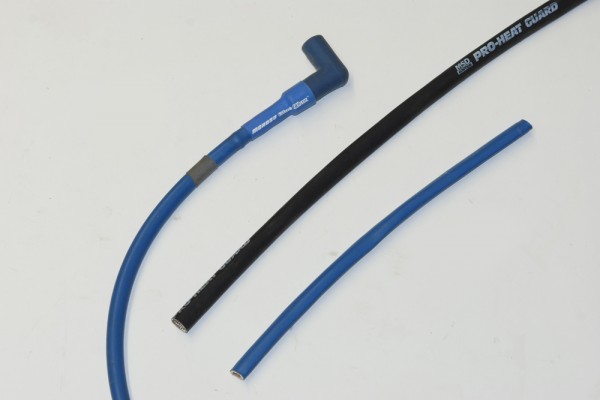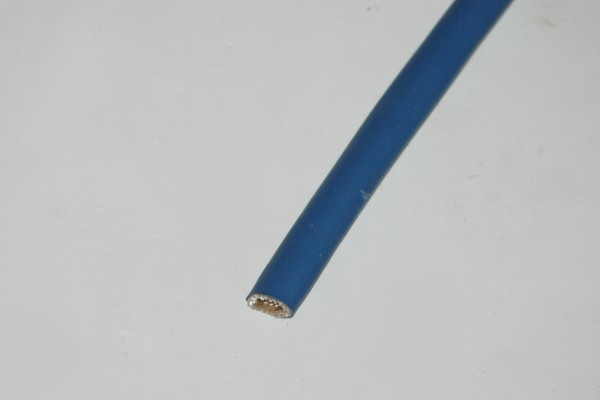Even the world’s finest ignition wires have it tough. First, there are today’s high-power ignition boxes. As ignition power becomes stronger and spark plug gaps increase, the chances of crossfire and spark leakage increase. Then there is the ignition wire’s arch-nemesis: heat. If you’ve ever seen wire with cracked jackets or worse, melted on a header tube, you know what we’re talking about.
But you can protect your ignition wires from these forces of evil with a set of ignition wire sleeves. The sleeves are simply slip-on insulators that effectively protect your wires from high voltage and high heat. Typically, sleeves can add 8,000 volts of extra insulation and almost double that figure in crossfire prevention, plus excellent resistance to heat created by headers or exhaust manifolds.
There are a couple styles of ignition wire sleeves available. The more popular type uses a closely woven sleeve with a silicone outer jacket. The other has a loose-weave, breathable sleeve that won’t trap moisture between the wire and the sleeve. Both types of sleeves do a good job.
We’ll go over the process of installing sleeves over a set of wires, and how to seal them to both the spark plug boots and the distributor cap boots. Spark plug wire sleeves are inexpensive insurance against wire failure and are readily available at Summit Racing Equipment.













The wire sleeve links do not seam to work
Hey Rick, thanks for the heads up! We’ve fixed it now.